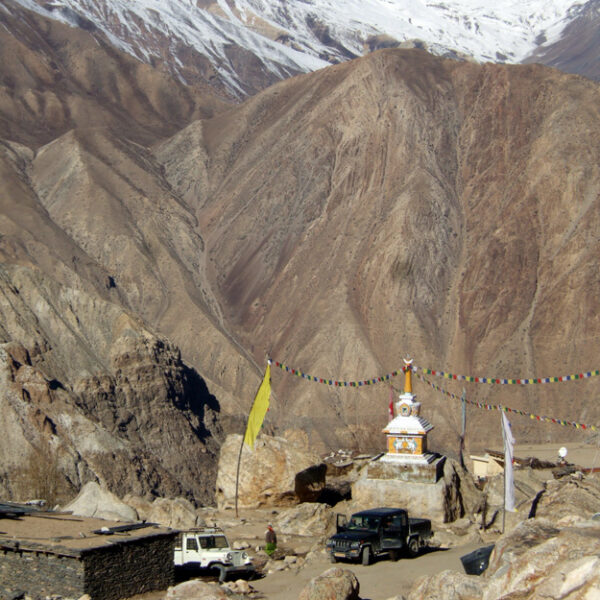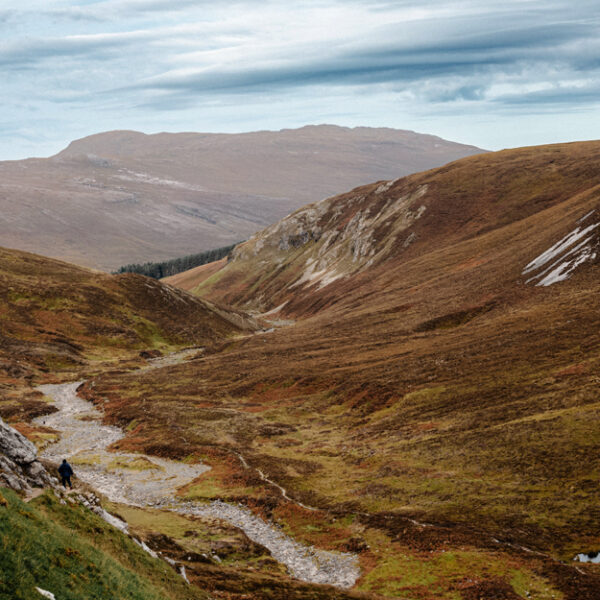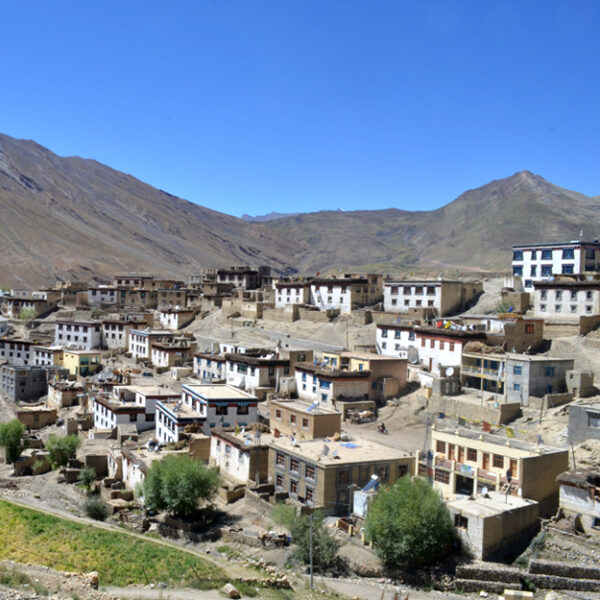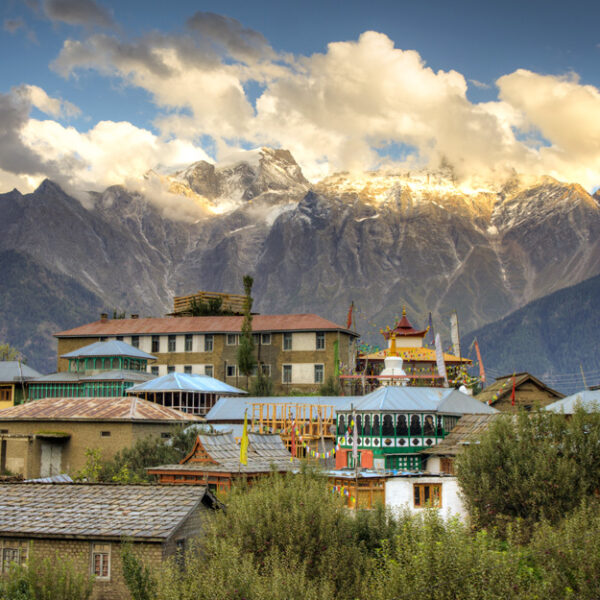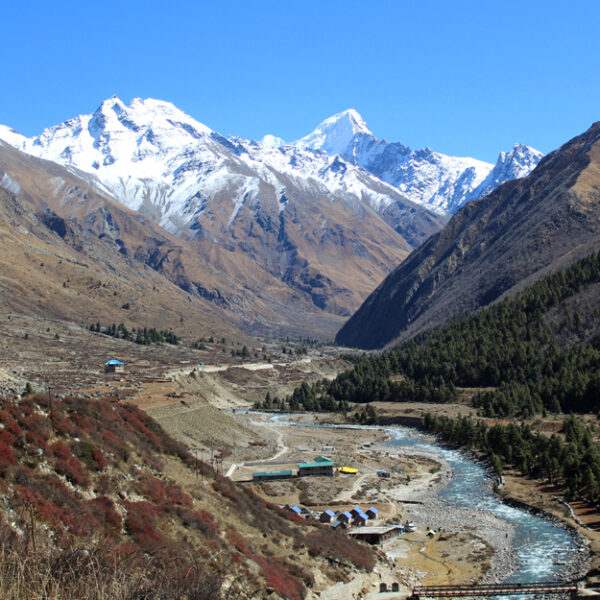About in Kinnaur Spiti Valley Taxi Tour Package with Chandratal Lake
Kinnaur Spiti Valley Taxi Tour Package with Chandratal Lake – Nestled in the rugged terrain of the Indian state of Himachal Pradesh, Kinnaur Kinnaur Spiti Valley stands as a testament to nature’s grandeur. Its breathtaking landscapes, characterized by towering snow-capped peaks, deep gorges, and barren yet captivating terrain, make it a haven for adventurers and nature enthusiasts alike. The region is dotted with ancient monasteries perched precariously on steep cliffs, adding a spiritual charm to its already mystical ambiance.Kinnaur Spiti Valley Taxi Tour Package with Chandratal Lake Kinnaur Kinnaur Spiti Valley also boasts a unique cultural heritage, with diverse communities like the Kinnauris and the Spitiis, each contributing to the rich tapestry of traditions and customs.Kinnaur Spiti Valley Taxi Tour Package with Chandratal Lake – Travelers brave the rugged roads that wind through the valley, encountering picturesque villages, pristine lakes, and encounters with the warm hospitality of the locals. Whether it’s trekking amidst the stark beauty of the Himalayas or simply soaking in the serene surroundings, Kinnaur Kinnaur Spiti Valley offers an unforgettable journey into the heart of the mountains. Kinnaur Spiti Valley Taxi Tour Package with Chandratal Lake.
Places to Visit in Kinnaur and Spiti Valley
- Sangla Valley: Famous for its apple orchards, scenic beauty, and the Baspa River, Sangla Valley offers breathtaking views of the Himalayas.
- Kalpa: A small town known for its picturesque surroundings and the majestic view of the Kinner Kailash range. It’s also known for its apple orchards and the ancient Kalpa Fort.
- Chitkul: The last inhabited village near the Indo-Tibetan border, Chitkul is known for its serene beauty, traditional wooden houses, and the Baspa River.
- Rakcham: Another beautiful village in Kinnaur district, Rakcham offers tranquil surroundings and is an excellent place for trekking and camping.
- Key Monastery: One of the oldest and largest monasteries in Kinnaur Spiti Valley, Key Monastery is perched atop a hill and offers panoramic views of the valley.
- Tabo Monastery: Known as the “Ajanta of the Himalayas,” Tabo Monastery is famous for its ancient murals, statues, and scriptures.
- Chandratal Lake: Though technically located in Lahaul and Spiti district, Chandratal Lake is a must-visit destination near Kinnaur Spiti Valley. It’s known for its pristine beauty, clear blue waters, and stunning reflections of the surrounding mountains.
- Chandratal Lake: Located at an altitude of about 4,300 meters, Chandratal Lake is a high-altitude lake known for its breathtaking beauty. It’s a popular camping and trekking destination, offering stunning views of the surrounding Himalayan peaks.
- Suraj Tal: Another high-altitude lake located near Chandratal, Suraj Tal is considered the source of the Bhaga River. It’s surrounded by snow-capped peaks and offers stunning views of the surrounding landscape.
- Batal: A small settlement located on the way to Chandratal, Batal is known for its scenic beauty and as a stopover point for travelers heading to Chandratal or Kinnaur Spiti Valley.
How to Reach Kinnaur Spiti Valley
- By Air: The nearest airport to Kinnaur and Spiti Valley is Bhuntar Airport (Kullu-Manali Airport), which is located near Kullu town. From there, you can hire a taxi or take a bus to reach Kinnaur. However, there are no direct flights to Bhuntar from major cities in India. Alternatively, you can fly to Chandigarh Airport or Shimla Airport and then proceed by road.
- By Road: From Shimla: Shimla to Kinnaur: Kinnaur is approximately 235 km from Shimla and can be reached via NH5 and NH22. The journey takes around 8-10 hours by road. Kinnaur to Spiti Valley: From Kinnaur, you can continue your journey to Spiti Valley via NH5 and NH505. The distance is approximately 200-250 km, and the travel time can vary depending on road conditions and weather.
- From Manali: Manali to Spiti Valley: You can also reach Spiti Valley from Manali, which is approximately 200-250 km away. The route passes through Rohtang Pass and Kunzum Pass. This route is generally accessible from May to October, depending on weather conditions, as these passes remain closed during winter due to heavy snowfall.
- By Bus: Himachal Road Transport Corporation (HRTC) operates regular bus services from major cities like Shimla, Chandigarh, and Delhi to Kinnaur and Spiti Valley. These buses are economical but may take longer than private vehicles due to frequent stops and route variations.
Best Time to Visit Kinnaur And Spiti Valley:
- Summer (May to June): This is the most popular time to visit Kinnaur and Spiti Valley. The weather is generally pleasant during these months, with temperatures ranging from 15°C to 25°C (59°F to 77°F) in the daytime, making it perfect for outdoor activities like trekking, sightseeing, and camping. Roads to higher altitudes are generally open during this time, making it easier to explore the region.
- Monsoon (July to September): This region experiences limited rainfall, but landslides are common during this time due to the rugged terrain. July and August are generally not recommended for travel because of the risk of road closures and landslides. However, September can be a good time to visit as the landscape turns lush green after the rains, and the weather begins to clear up.
- Autumn (October to November): Autumn is another good time to visit Kinnaur and Spiti Valley. The weather starts getting colder, but the skies are usually clear, offering breathtaking views of the surrounding mountains. This is also a great time for photography enthusiasts as the landscapes are adorned with vibrant hues of autumnal colors.
- Winter (December to April): Winter is the off-season for tourism in Kinnaur and Spiti Valley due to heavy snowfall and extremely cold temperatures. However, if you’re interested in experiencing snowfall and don’t mind the cold, this can be a magical time to visit. Roads to higher altitudes are closed due to snow, but some areas like Kalpa in Kinnaur remain accessible and offer stunning views of snow-capped peaks.
Shopping in Kinnaur Spiti Valley :
- Handwoven Shawls and Scarves: Kinnaur and Spiti are known for their exquisite handwoven shawls and scarves made from fine wool, often adorned with intricate traditional designs. These make for beautiful and warm souvenirs or gifts.
- Traditional Jewelry: Look out for traditional jewelry crafted by local artisans, including silver necklaces, earrings, and bracelets adorned with semi-precious stones like turquoise and coral. These pieces often carry cultural significance and can be a unique addition to your collection.
- Thangka Paintings: Thangka paintings, traditional Tibetan Buddhist scroll paintings, are often found in the monasteries and markets of Spiti Valley. These intricate artworks depict Buddhist deities, mandalas, and scenes from Tibetan Buddhist mythology.
- Prayer Flags and Wheels: Prayer flags and prayer wheels are ubiquitous in the Himalayan region. These colorful flags and wheels are inscribed with prayers and mantras and are believed to bring blessings and good fortune. They make for meaningful souvenirs and decorations.
- Local Handicrafts: Explore local markets for a variety of handicrafts such as woven baskets, wooden carvings, pottery, and hand-painted items. These crafts showcase the traditional skills and craftsmanship of the local communities.
- Local Herbal Products: Kinnaur and Spiti are home to a rich variety of medicinal plants and herbs. Look out for locally made herbal teas, oils, and other natural wellness products, which are often sold in local markets and shops.
- Dried Fruits and Nuts: Kinnaur is famous for its orchards, producing delicious varieties of apples, apricots, and walnuts. You can buy dried fruits and nuts as well as homemade fruit jams and preserves from local vendors.
- Traditional Clothing: Traditional Kinnauri and Spitian clothing, such as woolen caps, jackets, and ponchos, can be found in local markets. These garments are not only warm and practical but also reflect the unique cultural identity of the region.
- Local Food Products: Don’t forget to try and buy local food products such as organic honey, Himalayan pink salt, and locally grown grains like buckwheat and barley. These products are not only delicious but also support local farmers and producers.
- Books and Literature: If you’re interested in learning more about the culture, history, and geography of Kinnaur and Spiti, look for books, maps, and literature about the region in local bookstores or cultural centers.


